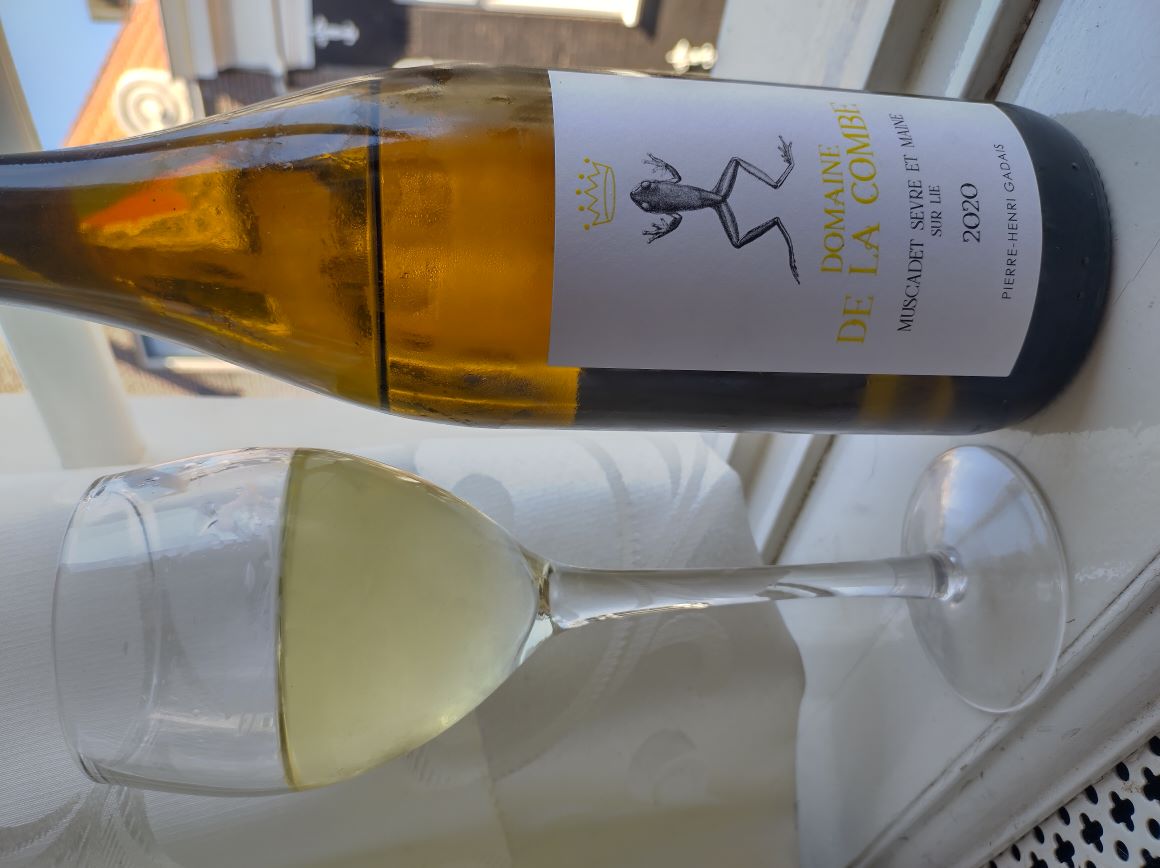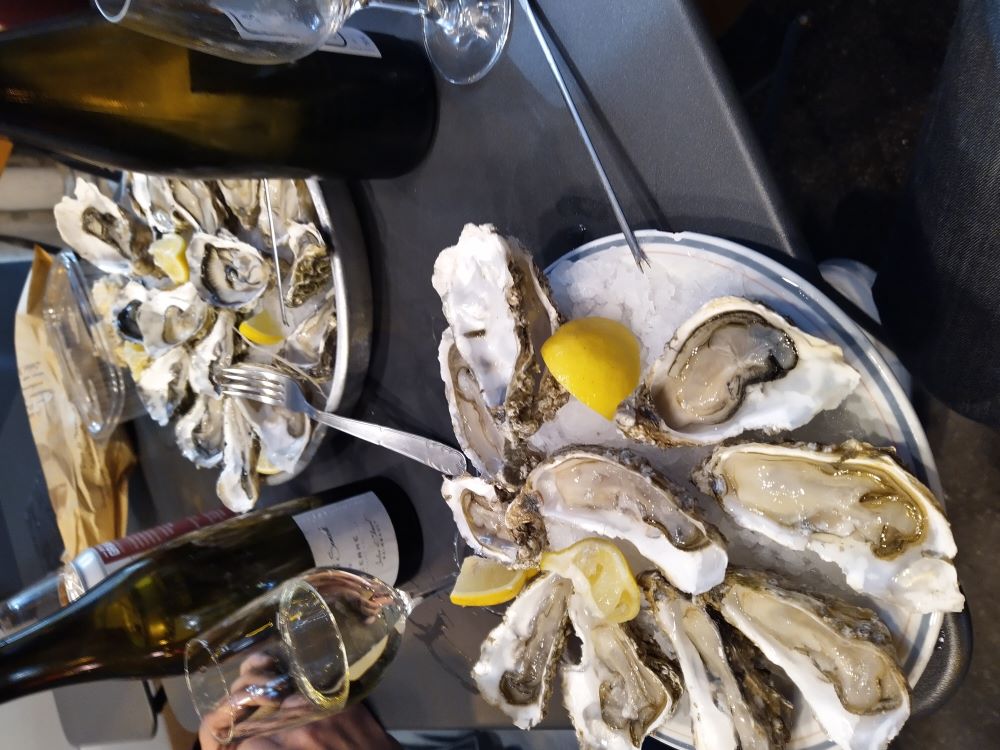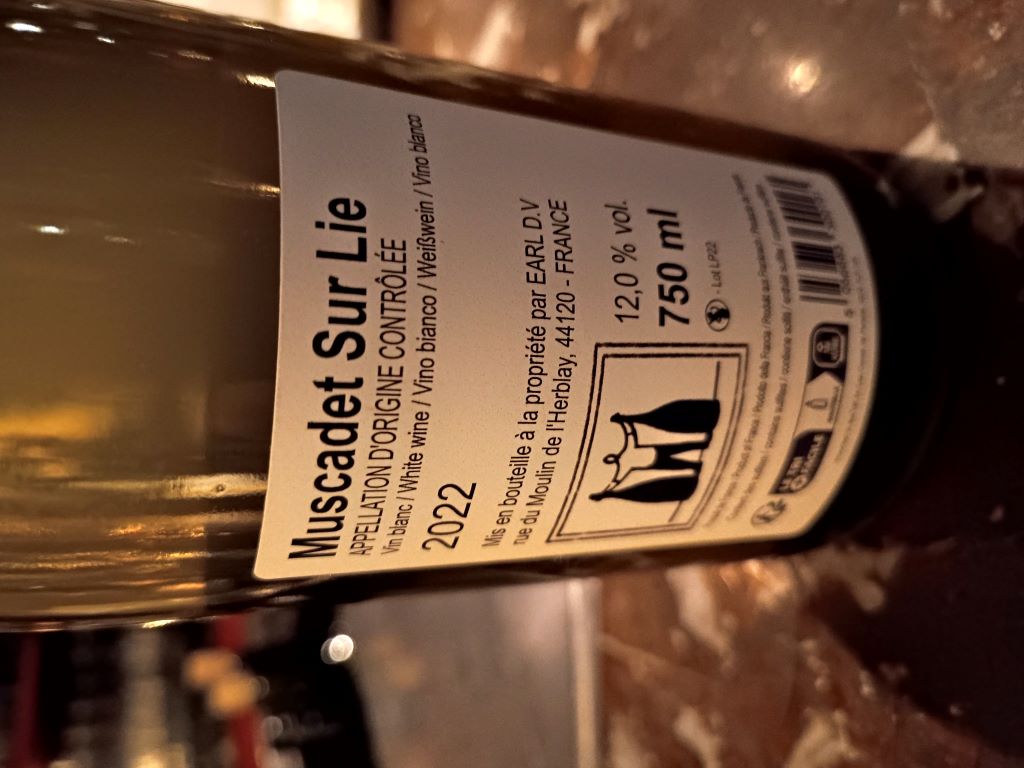Muscadet
When I started thinking about Muscadet for this blog post I found something amusing, There is truly fascinating is the unexpected connection between Amsterdam and the sun-kissed vineyards of Nantes, where Muscadet is made. During the 17th century, Dutch vessels from Amsterdam and elsewhere in Holland, traveled to the bustling port city of Nantes to bring back casts of the local wine. But here’s the twist: They do not really drink the wine, they had a different purpose in mind making brandy. This anecdote is interesting as it opens the door to how the vineyard of Muscadet was built. Why a it use a variety from Burgondy how it is made, and finally what are the appellations existing in this region.
The Muscadet vineyard looks like other French vineyards. History traces back to the Roman era. The first trace of the vineyard is found in Roman law. The Emperor Probus (between 276 and 282 AD) ordered soldiers in the Nantes region to cultivate vines. At the end of the Empire, monks assumed the management of the vineyard. At this time, the variety used locally was certainly the Gros Plan (also known as Folle Blanche), but we don’t have documents to confirm that.
Until the 17th century, wines produced from the Gros Plan, or Folle Blanche, were distilled into brandy most of the time. The term Muscadet did not exist yet and the use of Melon de Bourgogne, the main variety used today, was negligible.
The first appearance of the term Muscadet appeared in a text in 1616. The variety, now called Melon de Bourgogne, demonstrated to have better resilience to hard winter and produce finer wines but was ill-suited for hard liquor production. This is the real beginning of the Muscadet’s history.
At first, there is the variety, Muscadet, or Melon de Bourgogne. It is a migrant variety, as its name tells us, it comes from Burgundy where its presence is negligible.
The origin of the name, Muscadet is unknown, there are some hypotheses, but nothing has been documented. The name reminds the Muscat variety but there is no link between the two varieties. Maybe, the name was chosen because Muscat was appreciated in the past.
Until the end of the 19th century, the Muscadet wasn’t the principal variety in the Vineyard. The Gros Plant Nantais was the main variety. However, because of the Phylloxera crisis, the situation changed when the vineyard was replanted in 1898. It became the main variety of the Muscadet region, Gros Plant Nantais was relegated to a region west of Nantes, Gros Plant de Nantes.
Starting from this moment, the Muscadet region started to be defined. The vineyard is in an area with a temperate and oceanic climate. Unlike other vineyards in the Loire Valley, the Muscadet region rests on the southeast of the Armorican Massif, on plutonic and metamorphic rocks, and the soil composition can change from one village to another, which helps to understand the different appellation of the Muscadet appellations.

The Muscadet region got its first AOC appellations in 1936, Muscadet de Sèvre-et-Maine and du Muscadet des Coteaux-de-la-Loire. Later a regional appellation, Muscadet, was created for the whole region. Today, the Muscadet Vineyard is 8000 hectares large, along the regional appellation, and the two first appellations, Muscadet de Sèvre-et-Maine, and du Muscadet des Coteaux-de-la-Loire, there is a last appellation, Muscadet-côtes-de-grandlieu. There is also what is called “Crus communaux du muscadet”, corresponding to seven villages in the Muscadet Sèvre-et-Maine appellation: Clisson, Gorges, Le Palllet, Château Thébeau, Goulaine, Monnières-Saint-Fiacre, and Mouzillon-Tillières. Three other villages will be added in 2025, Vallet, Champtoceaux, and La Haye-Fouassière.
Each appellation and village have a specific soil composition, rich in potassium with clay, gravel, and sand for Sèvre et Maine, the soil of Muscadet-Coteaux de la Loire is made up of schist and the soil of the Muscadet-Côtes appellation is made of a mixture of granite and schist. This helps to understand the taste of Muscadet.
Soil composition explains a part of the taste of the Muscadet wine, but the unique winemaking process explains it better. Rather than being an ancestral methodology, technic used in the Muscadet region are very recent. the wine undergoes alcoholic fermentation and malolactic fermentation. After this stage, something uncommon is made.
Most of Muscadet wines are made using the “Elevage sur lie”, aging on lees. The wine is aged in a barrel with the lees, the dead yeast cells. This gives the wine a more complex aroma with a nice freshness. this technique dates from the beginning of the 20th Century and as involved since. It is the same technique used in Champagne and some Bourgognes. The wine is poured into bottles without filtration and may contain residual CO2.
The duration of the aging with the lees, depending on the appellation, is from 6 months for the regional appellation, to 18 or 24 for “Crus communaux”.

The taste of Muscadet, especially aged on lees is ideal with seafood, and oysters are often eaten with this wine, the Muscadet region is just next to the Ocean, and the freshness and complexity, pair perfectly with the Oysters. But you can drink it also with fish, poultry (especially with an easy sauce), cheese, and even charcuterie.
Some natural wines reference

- DOMAINE DE LA PÉPIÈRE, Muscadet Sèvre et Maine sur Lie
- LES VINS DE LAVIE, Le Vaurien
- Domaine de Bellevue, Granit Les Perrieres
- Domaine de la Combe, Muscadet sur lie
- Nicolas Reau, Indigène Muscadet
- Domaine Brégeon, Les Vigneaux
- Le Fay d’Homme, Muscadet